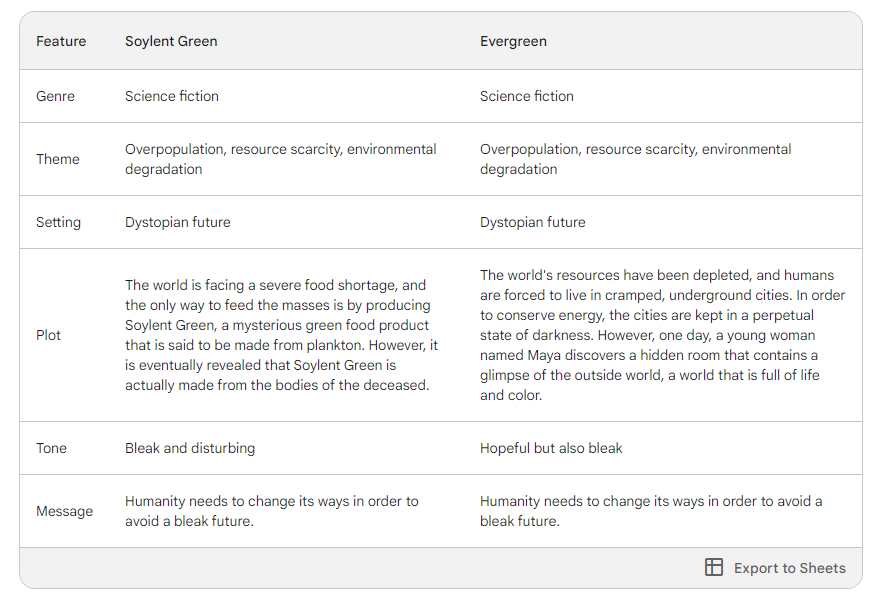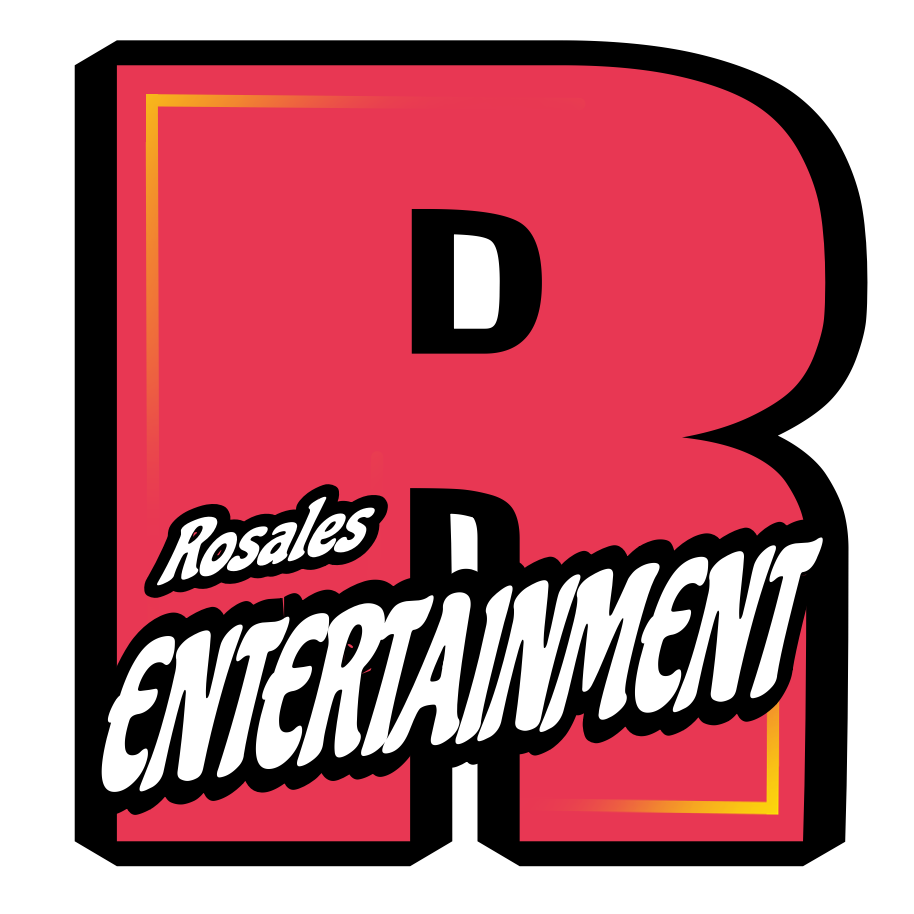Soylent Green is a 1973 American ecological dystopian thriller film directed by Richard Fleischer, and starring Charlton Heston, Leigh Taylor-Young, and Edward G. Robinson in his final film role. The movie is loosely based on the 1966 science-fiction novel Make Room! Make Room! by Harry Harrison, with a plot that combines elements of science fiction and a police procedural. The story follows a murder investigation in a dystopian future of dying oceans and year-round humidity caused by the greenhouse effect, with the resulting pollution, depleted resources, poverty, and overpopulation.
Act 1: Introduction The story is set in the year 2022, where the world is overpopulated, polluted, and suffering from a shortage of resources. The movie follows NYPD detective Robert Thorn, who is investigating the murder of William R. Simonson, a member of the board of Soylent Industries, a company that produces food made from plankton. Thorn suspects that Simonson’s death was not a burglary but an assassination.
Act 2: Rising Action Thorn’s investigation leads him to a priest whom Simonson had visited shortly before his death. The priest can only hint at the contents of the confession due to the sanctity of the confessional. Soon after, the priest is murdered by Fielding, Simonson’s former bodyguard. Thorn continues his investigation despite orders from his superiors to end it. He discovers a disturbing secret about the ingredient used to manufacture Soylent Green.
Act 3: Climax and Resolution Thorn uncovers the truth about Soylent Green, which is more disturbing than he could have ever imagined. The movie ends with Thorn shouting, “Soylent Green is people!” as he is taken away by the police.
While the book refers to “soylent steaks” made from soy and lentil, it makes no reference to “Soylent Green,” the processed food rations depicted in the film
Make Room! Make Room! is a 1966 science fiction novel written by Harry Harrison. The story is set in an overpopulated New York City in 1999, where the global population is seven billion people, plagued with overcrowding, resource shortages, and a crumbling infrastructure. The novel explores the consequences of both unchecked population growth on society and the hoarding of resources by a wealthy minority. The plot jumps from character to character, recounting the lives of people in various walks of life in New York City, population 35 million 2. The novel was originally serialized in Impulse magazine.
TWILIGHT ZONE EVERGREEN
The episode was first broadcast on September 18, 2002, on UPN. The plot of the episode revolves around Jenna Winslow, a rebellious teenager whose parents move her to a special community to help curb her rebellious teenage ways. Little do they know that Jenna will be changed in ways they never dreamed possible.
Act 1: Introduction The story follows Jenna Winslow, a rebellious teenager whose parents move her to a special community to help curb her rebellious teenage ways. The community is called Evergreen, and it is a gated neighborhood whose inhabitants place conformity and well-to-do behavior above all else.
Act 2: Rising Action As time goes by, Jenna learns to dress and act like all the other kids in the neighborhood. However, her curiosity still persists, and she befriends a young man who, like her, questions the stringent rules the community has set forth for them and indulges in vices such as cigarettes and liquor. One night she sees him being put into a van and taken away by the neighborhood patrols. As time goes by, she soon discovers that children who go against the teachings of the neighborhood are taken to a factory where they are turned into fertilizer, and do indeed become evergreen. Eventually, the neighborhood council deems Jenna to be a threat to the neighborhood, and she is taken to the plant to become evergreen herself.
Act 3: Climax and Resolution The Winslows have regained control of their family, but it cost them one teenage daughter. A deal that can only be made… in the Twilight Zone.

Both Soylent Green (1973) and Evergreen (2002), an episode of the Twilight Zone, are dystopian works of science fiction that explore themes of overpopulation, resource scarcity, and environmental degradation. In both stories, the world is a bleak and desolate place where humans struggle to survive in a harsh environment. They both offer bleak visions of the future, but they also offer a glimmer of hope that humanity can change its ways and create a better world.

